If you’ve ever played a sport or been a kid then you’ve had an injury at some point in your life. For many of us, that injury occurred to our knee(s). This can be a singular event that caused the injury or it may have manifested over years of regular use. When the knee is injured we often see pain, swelling, and stiffness. Acute injuries may be caused by a direct blow to the knee or from abnormal twisting, bending the knee, or falling on the knee. After an injury, nerves or blood vessels may be pinched or damaged which can lead to dysfunction. Acute injuries include sprains, strains, or other injuries to the ligaments and tendons that connect and support the knee. Arthritis, post-traumatic arthritis, and osteoarthritis can be a cause of severe knee pain and disability. These will cause the tissue around the joint to become inflamed and very painful. Treatment of knee pain or a knee injury will depend on the location, type, and severity of the injury, as well as your age, health condition, and activity level at work and with recreational activities.
What is the knee comprised of?
The knee is the largest joint in your body. A normal knee joint is made up of the thighbone (femur), the shinbone (tibia), the kneecap (patella), tendons, ligaments, and cartilage. The lower leg consists of two bones: the tibia and the fibula, which act as anchors for the ligaments located on the outside of the knee joint. These ligaments are called the MCL and the LCL and they connect to the femur and help manage side-to-side knee movements. Two additional ligaments inside the knee also connect the femur and the tibia, they are the ACL and PCL. These ligaments control the forward and backward movement of the tibia or lower leg. Then we have the patella. The patella is a triangular-shaped bone that is typically referred to as the kneecap. It is located at the front of the knee and allows the knee to straighten. Both the femur and the tibia’s surfaces possess a smooth, tough cover of cartilage that acts as a cushion or shock absorber for the ends of the bones and enables them to move without excess friction. When all of these six parts work together in harmony, your knee joint moves easily and without pain.
Knee pain varies greatly.
If a component that makes up your knee gets damaged or strained, you can start to experience pain and malfunction in your knee. When this happens it can lead to increased damage to the surrounding components as well which leads to faster degradation of those structures. Knee problems and injuries most often occur during sports or recreational activities, work-related tasks, or home projects. These issues can be caused by muscular imbalances, biomechanic flaws, muscle strains, postural instability, tendinitis, or more serious injuries to ligaments and cartilage. Severe knee pain can and will limit your daily activities. Even mild chronic knee pain may challenge your everyday life. Sports injuries or regular knee injuries can cause ligament sprains and tears. When this happens, damage may occur to the anterior cruciate ligament (ACL), posterior cruciate ligament (PCL), lateral collateral ligament (LCL), and the medial collateral ligament (MCL). Cartilage tears in the knee are another cause of knee pain and knee joint dysfunction. Cartilage is a tough, yet flexible tissue that covers the end of your bones. Two menisci on both sides of the knee joint are called the medial meniscus, located on the inside of the knee, and the lateral meniscus located on the outside of the knee. When they become damaged, it’s commonly called a meniscus tear. As you can see, the knee can be a very complex joint when it becomes injured. This is why it’s vital to understand what the true issue of your knee pain is.

Our job is to find the cause and correct it.
This is where we come into play. It is our job to go through a thorough knee pain analysis to derive what the issue(s) may be for you. Depending on both the severity of the issue and which structures have been affected, we will construct a results-driven gameplan to help you get out of pain and improve functionality as quickly as possible. This may include a process of distracting and gapping the joint precisely to improve circulation and blood flow to promote healing. We may have to improve muscular function and stability through our home care protocols. Regardless of what we need to implement with you, rest assured that we will explain exactly why a given treatment is needed and how it will help you heal as quickly as possible. Our number one goal is to get you the results you deserve and that is exactly why we have had, and continue to have such tremendous success with knee pain patients.




